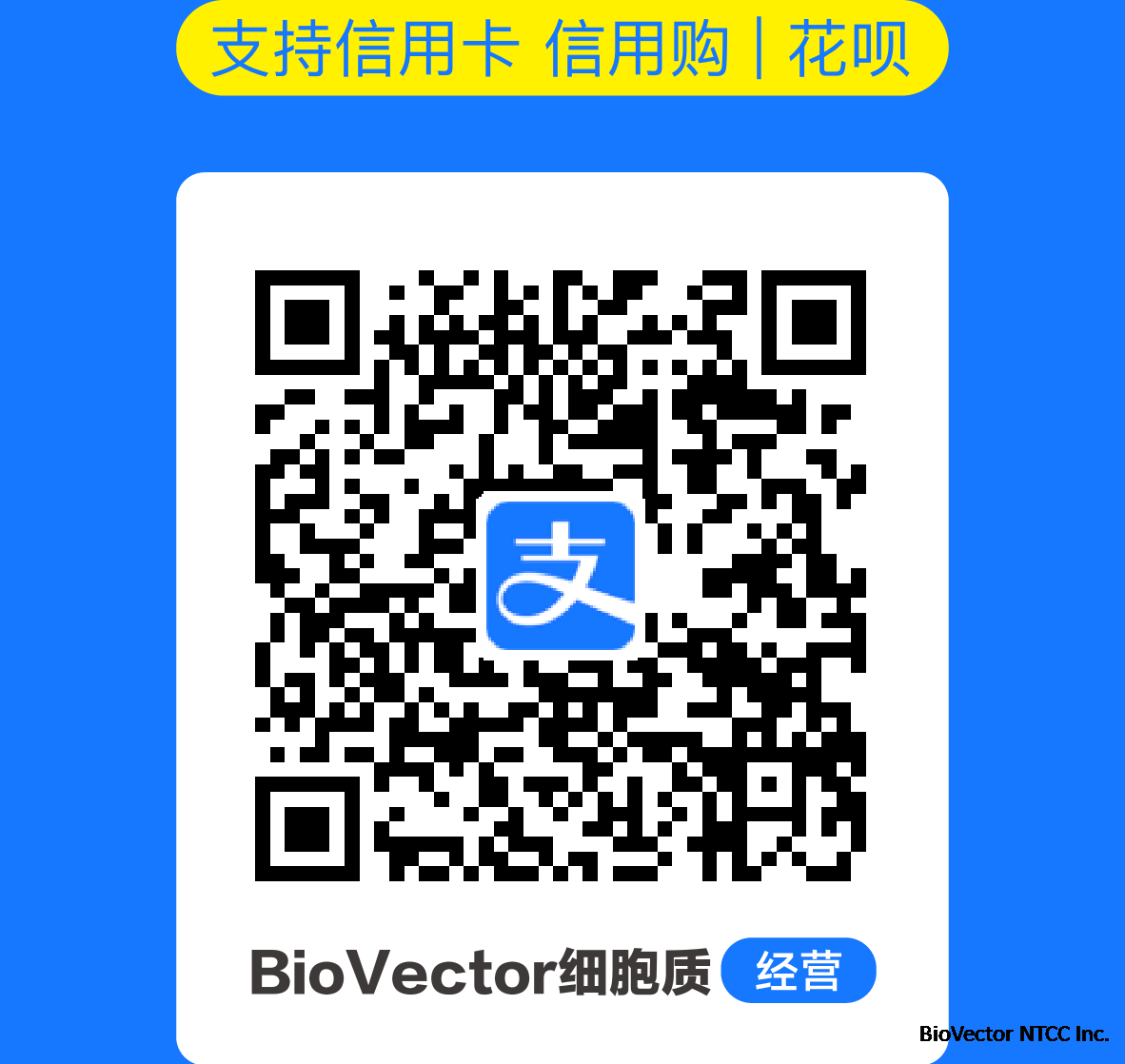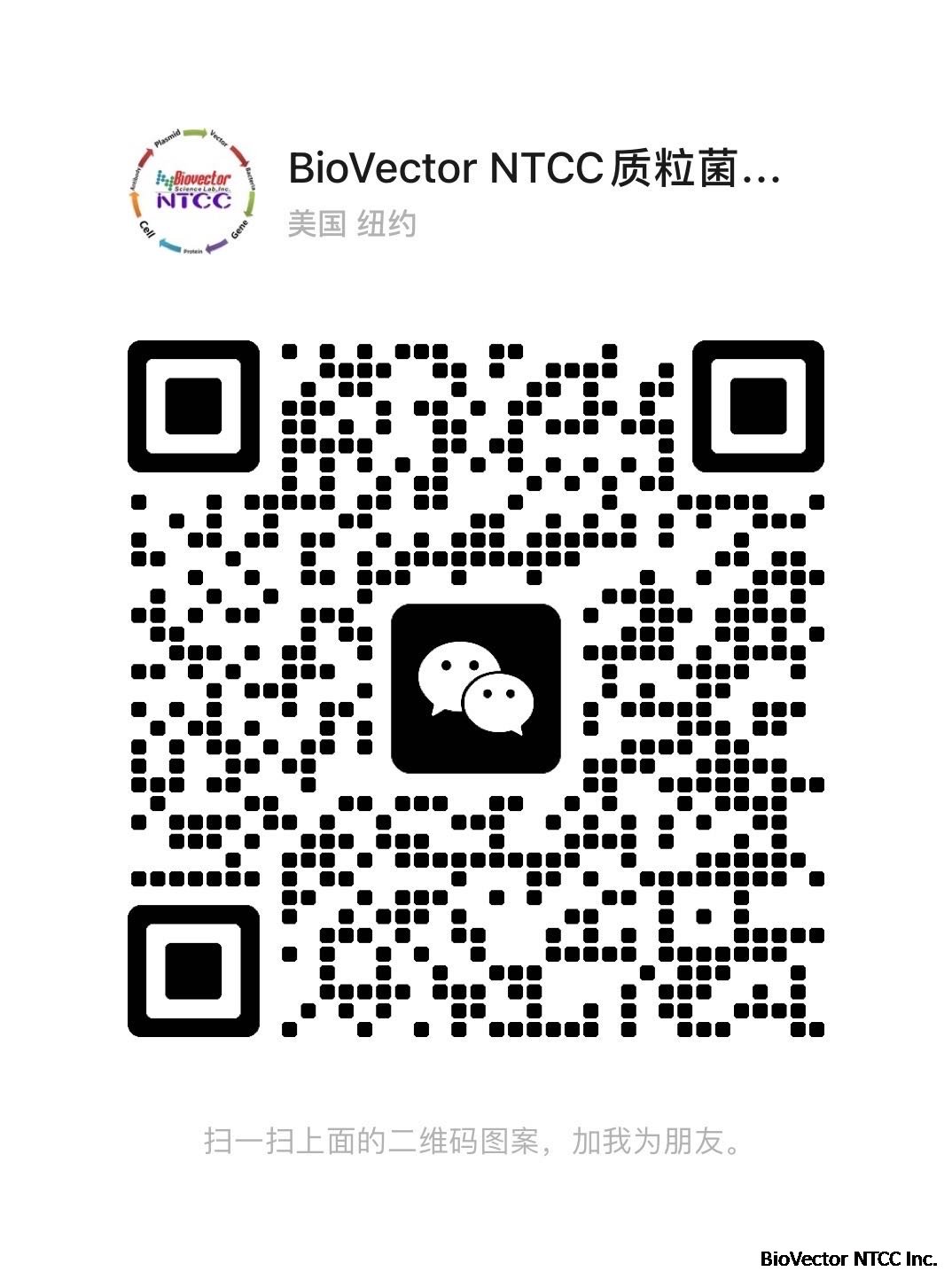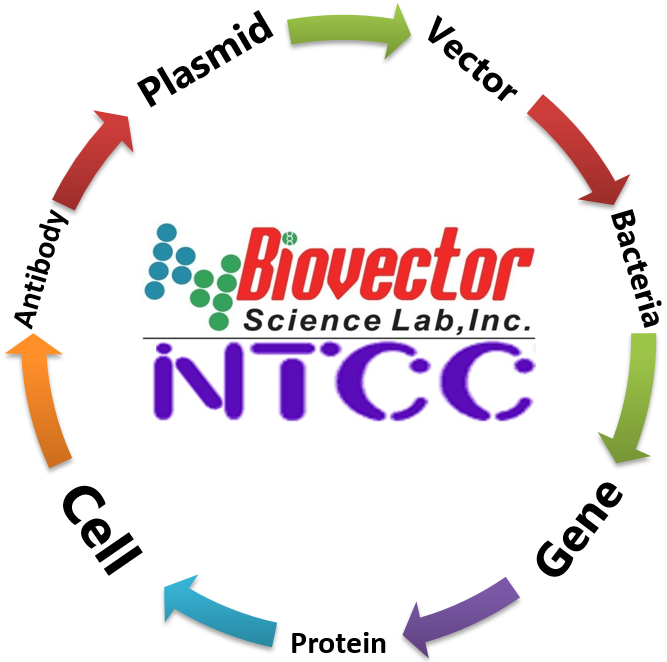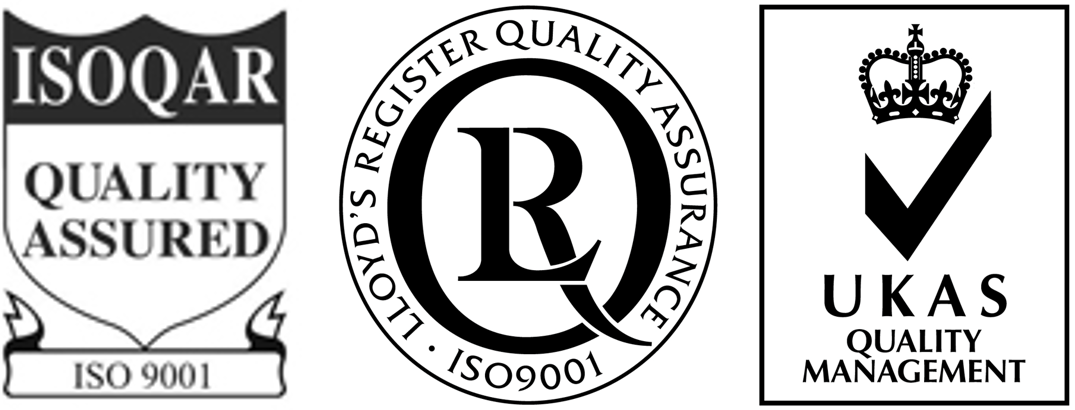- BioVector NTCC典型培养物保藏中心
- 联系人:Dr.Xu, Biovector NTCC Inc.
电话:400-800-2947 工作QQ:1843439339 (微信同号)
邮件:Biovector@163.com
手机:18901268599
地址:北京
- 已注册
HREC cells人视网膜内皮细胞
The retina is a multi-layered structure lining the posterior segment of the eye. Due to the high
metabolic activity of photoreceptors, the retina is vascularized with fine structures to provide
sufficient blood supply. The function of retinal vasculature is tightly regulated by endothelial
cells, pericytes, astrocytes, Müller cells, microglia and a balanced production of positive and
negative regulatory factors. In angiogenesis-associated eye diseases such as diabetic retinopathy,
retinopathy of prematurity, and age-related macular degeneration, the delicate balance is
disturbed, resulting in aberrant vasculature and visual impairment. Retinal endothelial cells
(REC) have been used in studies of the retinal microvasculature [1, 2]. REC cultures provide an
in vitro model for the pathophysiological studies of vascular diseases in the human eye.
HREC from BioVector Research Laboratories are isolated from human retina. HREC are
cryopreserved at passage one and delivered frozen. Each vial contains >5 x 105
cells in 1 ml
volume. HREC are characterized by immunofluorescence with antibodies specific to
VWF/Factor VIII and CD31 (PECAM), and by uptake of DiI-Ac-LDL. HREC are negative for
HIV-1, HBV, HCV, mycoplasma, bacteria, yeast, and fungi. HREC are guaranteed to further
culture under the conditions provided by BioVector Research Laboratories.
Recommended Medium
It is recommended to use Endothelial Cell Medium (ECM, Cat. BioVector#1001) for culturing HREC in
vitro.
Product Use
HREC are for research use only. They are not approved for human or animal use, or for
application in in vitro diagnostic procedures.
Storage
Upon receiving, directly and immediately transfer the cells from dry ice to liquid nitrogen and
keep the cells in liquid nitrogen until they are needed for experiments.
Shipping
Dry ice.
References
[1] Williams KP, Steinle JJ. (2009) “Maintenance of beta-adrenergic receptor signaling can reduce Fas signaling in
human retinal endothelial cells.” Exp Eye Res. 89: 448-55.
[2] Xu Z, Gong J, Maiti D, Vong L, Wu L, Schwarz JJ, Duh EJ. (2012) “MEF2C ablation in endothelial cells
reduces retinal vessel loss and suppresses pathologic retinal neovascularization in oxygen-induced retinopathy.” Am
J Pathol. 180: 2548-60.
Caution: Cryopreserved cells are very delicate. Thaw the vial in a 37oC water bath
and return the cells to culture as quickly as possible with minimal handling!
Initiating the culture:
1. Prepare a fibronectin-coated flask (2 μg/cm2
, T-75 flask is recommended). Add 10 ml of
sterile Dulbecco’s phosphate buffered saline, Ca++ and Mg++
-free (BioVector, Cat. #0303)
to a T-75 flask and then add 150 μl of fibronectin stock solution (BioVector, Cat. #8248).
Leave the vessel in a 37 oC incubator overnight.
2. Prepare complete medium. Decontaminate the external surfaces of medium bottle and
medium supplement tubes with 70% ethanol and transfer them to a sterile field.
Aseptically transfer supplement to the basal medium with a pipette. Rinse the supplement
tube with medium to recover the entire volume.
3. Aspirate fibronectin solution and add 15 ml of complete medium to the culture vessel.
The fibronectin solution can be used twice. Leave the vessel in the sterile field and
proceed to thaw the cryopreserved cells.
4. Place the frozen vial in a 37oC water bath. Hold and rotate the vial gently until the
contents completely thaw. Promptly remove the vial from the water bath, wipe it down
with 70% ethanol, and transfer it to the sterile field.
5. Carefully remove the cap without touching the interior threads. Gently resuspend and
dispense the contents of the vial into the equilibrated, fibronectin-coated culture vessel.
A seeding density of 5,000 cells/cm2
is recommended.
Note: Dilution and centrifugation of cells after thawing are not recommended since these
actions are more harmful to the cells than the effect of residual DMSO in the culture. It is
also important that cells are plated in fibronectin-coated culture vessels to promote cell
attachment.
6. Replace the cap or lid of the culture vessel and gently rock the vessel to distribute the
cells evenly. Loosen cap, if necessary, to allow gas exchange.
7. Return the culture vessel to the incubator.
8. For best results, do not disturb the culture for at least 16 hours after the culture has been
initiated. Refresh culture medium the next day to remove residual DMSO and unattached
cells, then every other day thereafter.
Maintaining the culture:
1. Refresh supplemented culture medium the next morning after establishing a culture from
cryopreserved cells.
2. Change the medium every three days thereafter, until the culture is approximately 70%
confluent.
3. Once the culture reaches 70% confluency, change medium every other day until the
culture is approximately 90% confluent.
Subculturing:
1. Subculture when the culture reaches 90% confluency or above.
2. Prepare fibronectin-coated culture vessels (2 μg/cm2
) one day before subculture.
3. Warm complete medium, trypsin/EDTA solution (T/E, Cat. #0103), T/E neutralization
solution (TNS, Cat. #0113), and DPBS (Ca++
- and Mg++
-free, Cat. #0303) to room
temperature. We do not recommend warming reagents and medium in a 37oC water bath
prior to use.
4. Rinse the cells with DPBS.
5. Add 10 ml of DPBS and then 2 ml of T/E solution into flask (in the case of a T-75 flask).
Gently rock the flask to ensure complete coverage of cells by T/E solution. Incubate the
flask in a 37oC incubator for 1 to 2 minutes or until cells completely round up. Use a
microscope to monitor the change in cell morphology.
6. During incubation, prepare a 50 ml conical centrifuge tube with 5 ml of fetal bovine
serum (FBS, Cat. #0500).
7. Transfer T/E solution from the flask to the 50 ml centrifuge tube (a small percent of cells
may detach) and continue to incubate the flask at 37oC for another 1 minute (no solution
in the flask at this moment).
8. At the end of incubation, gently tap the side of the flask to dislodge cells from the
surface. Check under a microscope to make sure that all cells detach.
9. Add 5 ml of TNS solution to the flask and transfer detached cells to the 50 ml centrifuge
tube. Rinse the flask with another 5 ml of TNS to collect the residual cells.
10. Examine the flask under a microscope for a successful cell harvest by looking at the
number of cells being left behind; there should be less than 5%.
Note: Use BioVector T/E solution that is optimized to minimize cell damages due to over
trypsinization.
11. Centrifuge the 50 ml centrifuge tube at 1000 rpm for 5 minutes. Resuspend cells in
culture medium.
12. Count and plate cells in a new fibronectin-coated culture vessel with the recommended
cell density.
Caution: Handling human-derived products is potentially biohazardous. Although each cell
strain tests negative for HIV, HBV and HCV DNA, diagnostic tests are not necessarily 100%
accurate, therefore, proper precautions must be taken to avoid inadvertent exposure. Always
wear gloves and safety glasses when working with these materials. Never mouth pipette. We
recommend following the universal procedures for handling products of human origin as the
minimum precaution against contamination [1].
[1] Grizzle WE, Polt S. (1988) “Guidelines to avoid personal contamination by infective agents in research
laboratories that use human tissues.” J Tissue Cult Methods. 11: 191-9.
Supplier来源:BioVector NTCC Inc.
TEL电话:400-800-2947
Website网址: http://www.biovector.net
您正在向 biovector.net 发送关于产品 HREC cells人视网膜内皮细胞 BioVector NTCC质粒载体菌种细胞基因保藏中心 的询问
- 公告/新闻




